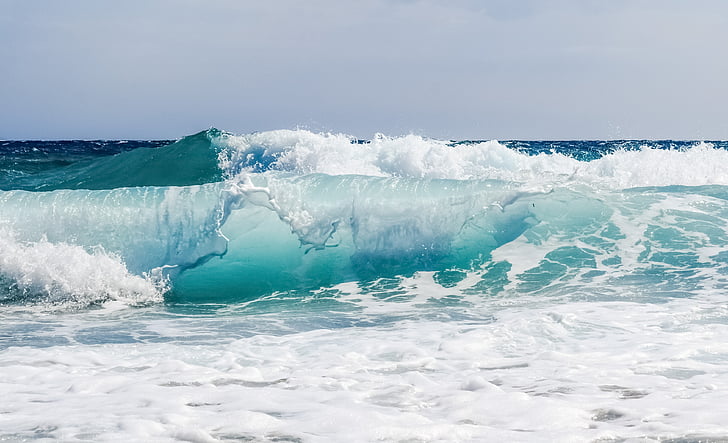Wave and tidal energy are emerging renewable sources of power along the West Coast of the United States, though they are still in their early stages of development. The region’s long coastline, with strong wave and tidal currents, has significant potential for generating energy from ocean resources. However, the actual production of gigawatts (GW) from wave and tidal energy remains relatively small compared to other forms of renewable energy like wind and solar.
Current Wave and Tidal Energy Capacity on the U.S. West Coast:
As of now, there are no commercial-scale wave or tidal energy plants in operation on the West Coast that contribute significant gigawatt-scale power to the grid. Most of the projects are in research, development, or pilot phases. The following provides an overview of the known wave and tidal projects and their potential or existing contribution to energy production.
Oregon:
- Wave Energy Test Site (PacWave South)
- Location: Newport, Oregon (offshore)
- Capacity: The PacWave South test site will support up to 20 MW of wave energy capacity. It is the first commercial-scale, grid-connected wave energy test facility in the U.S. Once operational, this site could help assess the viability of wave energy on a larger scale.
- Status: Under development and construction as of 2024.
- Reedsport OPT Wave Park (Defunct):
- Location: Reedsport, Oregon
- Capacity: It was planned to produce 1.5 MW using PowerBuoys, but the project was abandoned in 2014 due to technical and financial difficulties.
California:
- CalWave Open Water Test Site
- Location: Off the coast of San Diego
- Capacity: Aimed at testing wave energy devices, with no commercial-scale production currently. This facility is part of research projects to scale wave energy technologies for future commercial use.
- Status: Research and testing.
- Redwood Coast Wave Energy Project
- Location: Offshore Humboldt County, California
- Capacity: This project, which was proposed to generate 20 MW, is now delayed or stalled as of recent updates.
- Status: Planning and early development stages, no current energy production.
Washington:
- Admiralty Inlet Tidal Project (Canceled)
- Location: Admiralty Inlet, Puget Sound
- Capacity: Planned to generate 600 kW from tidal turbines, the project was canceled due to concerns over environmental impact and high costs.
- Status: Canceled in 2014.
- Makah Bay Tidal Pilot Project (Defunct)
- Location: Makah Bay, near Neah Bay
- Capacity: This pilot project was designed to test tidal energy turbines, but no significant generation occurred before the project was halted.
Potential Energy Production and Coverage of Needs:
Given the early stage of wave and tidal energy projects on the West Coast, there is currently no significant gigawatt-scale contribution from wave and tidal energy to the region’s overall electricity supply. The total combined installed capacity from operational projects is less than 1 MW, with more capacity expected once the PacWave site in Oregon and potential future projects are developed.
Waves wnergy production – ocean potential:
The U.S. Department of Energy estimates that wave energy has the potential to generate up to 1,170 terawatt-hours (TWh) annually from U.S. waters, including the Pacific Ocean. This would cover about 30-50% of the nation’s electricity needs. However, the realized capacity will depend on future advancements, policy support, and scaling of technology. Tidal energy potential, while smaller than wave energy, still presents a significant opportunity, especially in regions like Puget Sound and other coastal areas with strong tidal flows.
Summary:
- Wave and tidal energy production on the U.S. West Coast is still in the pilot and research stages.
- No large-scale commercial projects are currently operational, but pilot projects like PacWave in Oregon could help unlock future potential.
- The total installed capacity of wave and tidal energy is less than 1 MW on the West Coast as of 2024.
- The U.S. West Coast has the potential to generate gigawatt-scale electricity from wave and tidal resources in the future, but it currently does not cover a significant percentage of electricity needs.
For the future, the continued development of test sites and new projects will be crucial to expanding ocean energy’s contribution to the U.S. grid.
